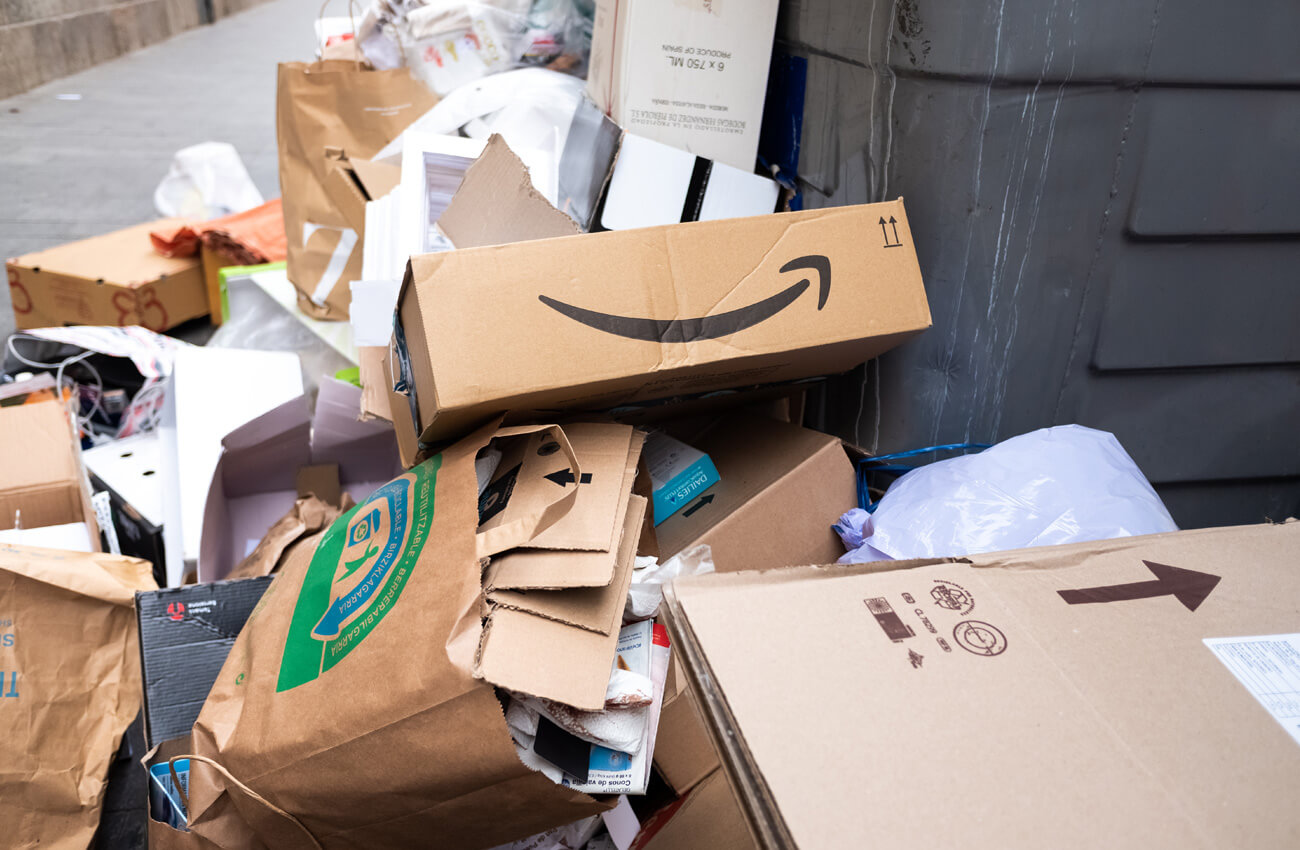
The concern about the effect of packaging on the environment derives from their relatively high percentage of household waste. This, however, indicates rather the level of consumption than excessive packaging. Packages are made to deliver the product to the consumer; hence, they cannot be viewed separately, either from the product or from consumption. Increasing amounts of packages in the waste stream only indicates increasing consumption. Packaging is strongly influenced by social desires, political preferences, and regulatory and economical effects. In addition, packaging is not only a product—a package—but a system, and the package itself cannot be separated from its content. Consequently, an environmental assessment cannot mean only ecological impact analysis; neither can the judgment of environmental friendliness be based solely on the type of packaging material. Plastics have perhaps the most negative image, albeit of being lightweight and sturdy, thus giving high protection value with low environmental impact. It is especially true for composites, which combine several materials for better protection, while using minimal amount of the individual materials. The use and reuse of glass packaging is a state-specific question. The raw material is in plentiful supply and there are no technical barriers to its reuse or recycling. If there is a well-working system of glass reuse, changing it may involve significant expenditures, as well as environmental impacts.






